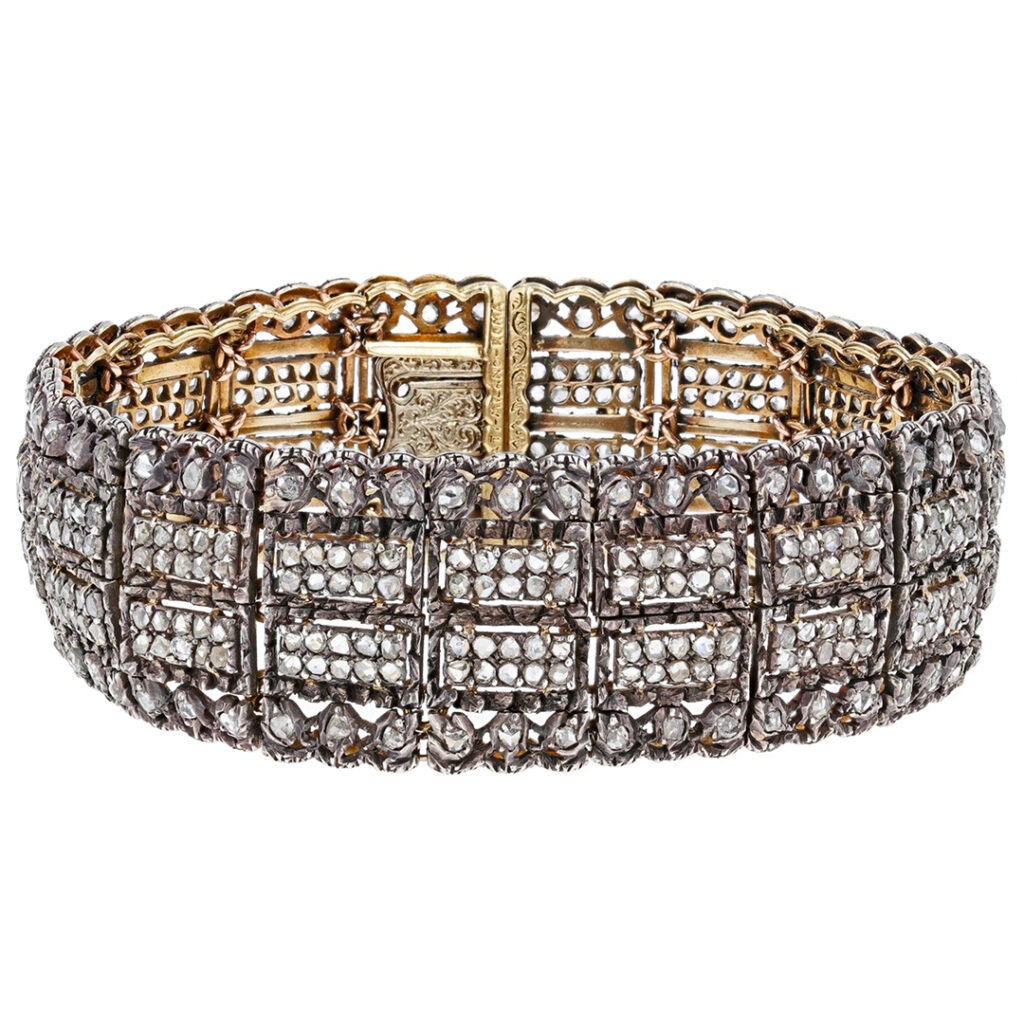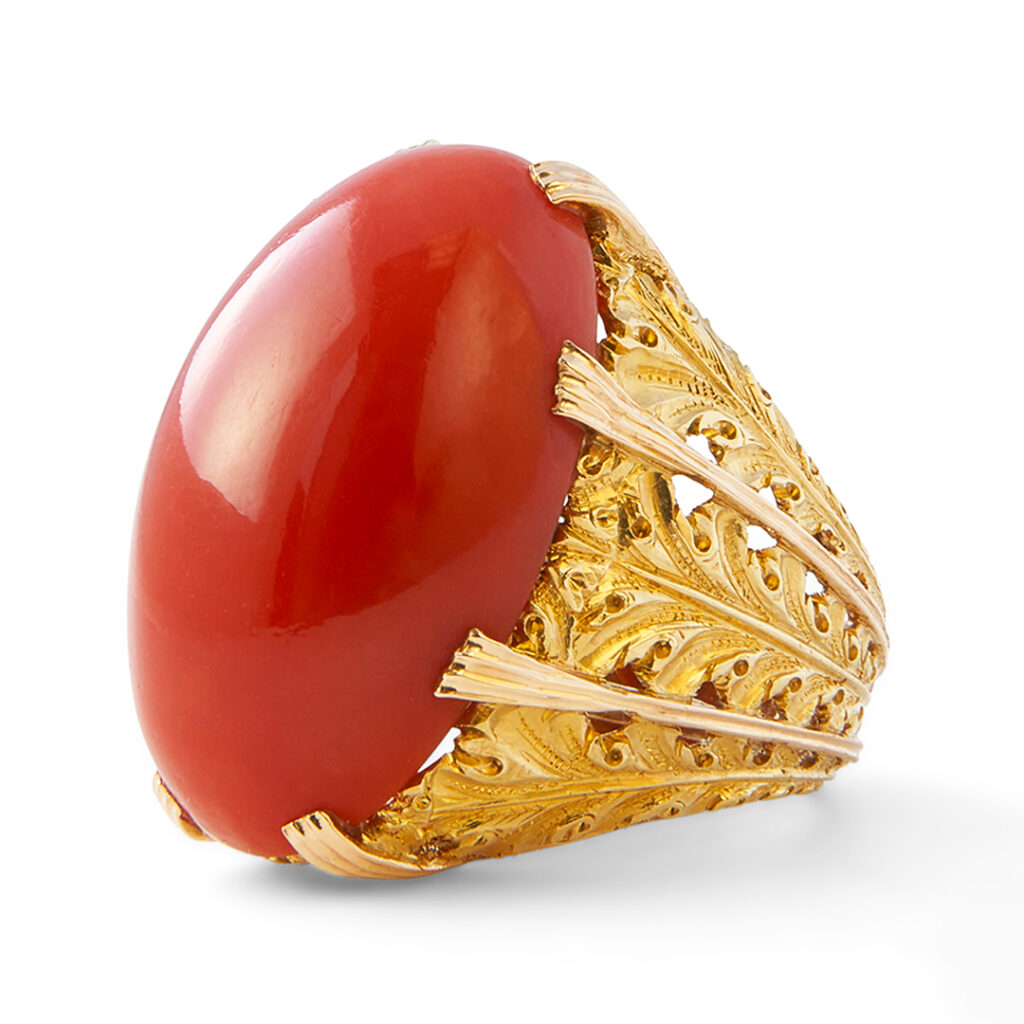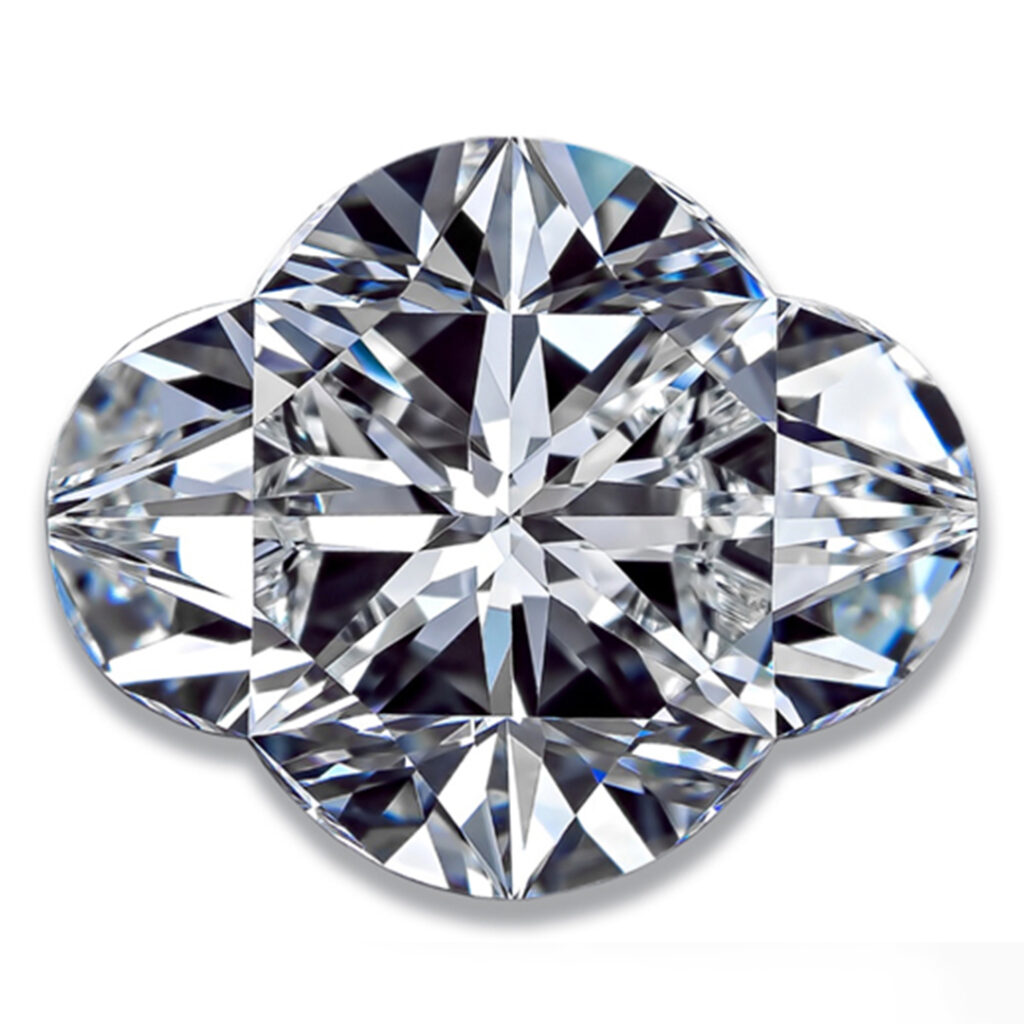We all know that sometimes a temper tantrum can really get you noticed. And that’s exactly what happened to Mario Buccellati. The incident took place at Madrid’s 1920 Exposition. Allegedly, a shopper asked for a discount on a compact and the request so enraged Mario that he threw the compact out the window while bellowing “I am not a tradesman.” The next day, many visitors came to his booth to find out what all the fuss was about. Once they saw the items that Mario was presenting, the pieces all sold out and he was invited back for a solo show. Nobility and aristocrats, including the Spanish royal family, came to the show and Mario Buccellati was firmly on the radar of people seeking beautiful jewelry and objects.
Buccellati Gets Started

Born in Acona, Italy in 1891, Mario moved to Milan in the early 1900s, after his father died, with his mother and two brothers. Milan was an epicenter of design and style and Mario landed an apprenticeship with the goldsmithing shop of Beltrami & Besnati. He was enamored with ancient goldsmithing techniques and had a real talent for the craft. In 1919, Mario took over Beltrami & Besnati and opened his first store at Via Santa Margherita, near the famed La Scala Theater. In 1925 he opened a second store in Rome with his bother Carlo and soon after a third location was added in Florence with his brother Melchiorre supervising that location.
What really sets Buccellati apart from other jewelers is the metalwork. The firm is known for decorating every visible surface of a piece using ancient engraving and goldsmithing techniques, that create an identifiable style with finishes that have the sheen of silk and the richness of the Renaissance era that so enchanted Mario Buccellati. His goal was to interpret rather than copy the style of the Renaissance. The jewelry designs are inspired by Venetian lace, Etruscan patterns and Italian vegetation, insects and animals. Another signature of the firm is its pierced goldwork with bezel set gems in the openings.
Buccellati’s Best Customer

Due to his skillful gold work, Mario Buccellati was nicknamed the “Prince of Goldsmiths” by poet and writer Gabriele d’Annunzio, who greatly admired Buccellati’s work and bought dozens and dozens of pieces as gifts for his lovers, friends and colleagues. It was a relationship that brought more awareness to Buccellati.
Adding to his list of impressive credentials Mario also made pieces for the royal families of Egypt and Spain, as well as ornamental objects for the Pope and the cardinals of Rome.
During World War II, when metals and gemstones were harder to come by, Mario began making compacts and cigarette cases from tombac, a copper based alloy. The firm kept the same design and finishing details on those items as they did on pieces made in precious metals. Not many were made, so today those items are highly collectible.
Buccellati at 100

Family is part of the strength of Buccellati, a firm that relies on tradition, excellence and high quality as its core values. After World War II ended, Mario’s sons entered the business — Gianmaria took on the creative side, while Lorenzo and Federico expanded the business in Italy and finally, his oldest son Luca opened a retail store in New York City.
In 1979, Buccellatti had the distinction of being the first Italian jeweler to open on the Place Vendome in Paris. Eventually Gianmaria’s son Andrea joined the firm as an apprentice learning everything that he could. Years later Andrea’s daughter, Lucrezia, also joined the company and both remain active in the firm today.
To this day, the Buccellati family still does much of the design work. When the design is complete they work very closely with the artisans who produce the jewelry, which becomes a collaboration between the designer and the craftsperson. Many of the craftspeople who work in the Buccellati shops now are the grandchildren of the artisans who worked with Mario.
In 2019, Buccellati turned 100 years old. To commemorate the occasion, the company introduced a proprietary diamond cut, the Buccellati-cut. It has 57 facets, every one of which is mirrored and each angle has a strict percentage ratio to optimize light return. The shape of the diamond is compared to a flower, but when you look carefully, it appears to be square in the center with half-moon shape diamonds around the perimeter giving it a rounded romantic feel.
In 2020, the company was bought by the Richemont Group, but the Buccellati family remains the heart and soul of the business.
Featured image (top of page): Cuff bracelet features 21 rose cut pink sapphires, weighing approximately 3-carats and 64 round diamonds weighing approximately 2.50-carats all set in 18-karat gold, marked Buccellati Italy, with Italian assay marks, courtesy JS Fearnley (@jsfearnley).
Authored by Amber Michelle
